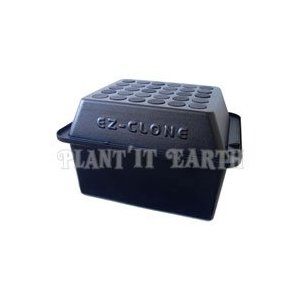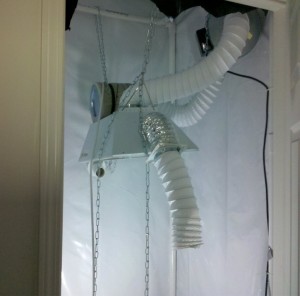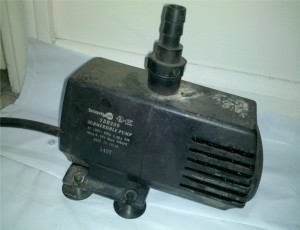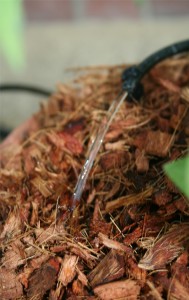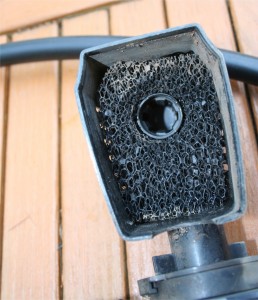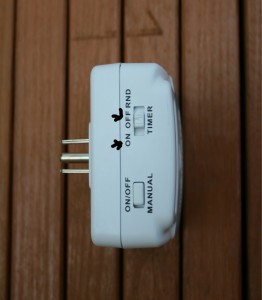Stronger Clones Start Here
Bubbleponic cloning systems are an easy to build solution to weak and limpy clones. The entire system will not cost you very much. If you use neorepene discs, like the E-Z Clone uses, you will have an efficient cloning system that uses no growth medium. The aeroponic cloner you will have after this guide can root clones in as little as 7 days with an organic rooting gel like Earth Juice Earthstock. There are plenty of other types of rooting gels and powders. Clonex and Olivia’s are two other gels that work well.
Supply List
-Storage Tote
-Neorepene EZ Clone Discs
-Air Pump
-Air Tubing
-Air Stones
-Power Drill w/ drill bit that is the same size as your discs.
Light Proof Your Tote
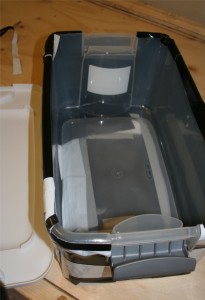 If you bought a light proof tote, you can skip this step. If it is clear or semi clear you need to wrap it in a reflective material. You can use Christmas wrapping paper if you do not have access to something else. You just want to make sure no light comes in through the walls of your tote. The storage tote will be the water reservoir for your cloning system.
If you bought a light proof tote, you can skip this step. If it is clear or semi clear you need to wrap it in a reflective material. You can use Christmas wrapping paper if you do not have access to something else. You just want to make sure no light comes in through the walls of your tote. The storage tote will be the water reservoir for your cloning system.
Use HDPE Food Grade plastics for your storage tote if you plan on cloning consumable plants like fruits or veggies. Food grade plastics ensure the safety of you and your family. If the cloning system is only for flowers, there is no risk since you will not ingest the chemicals.
